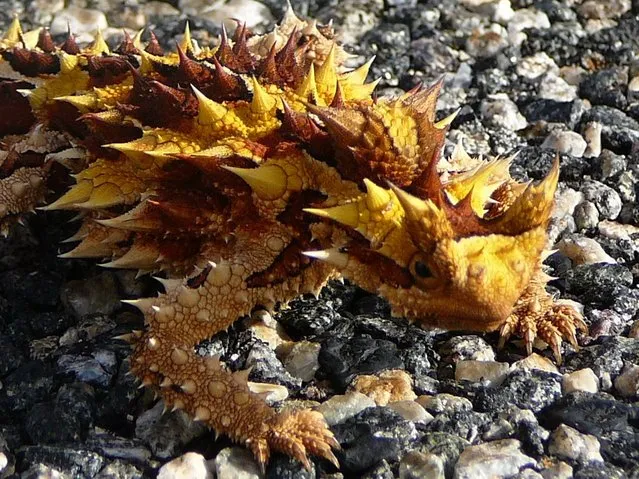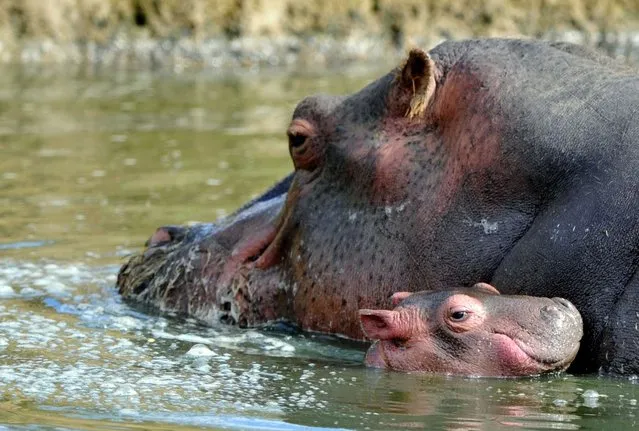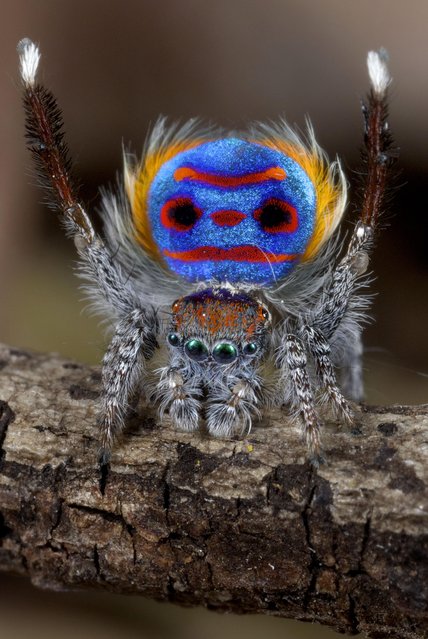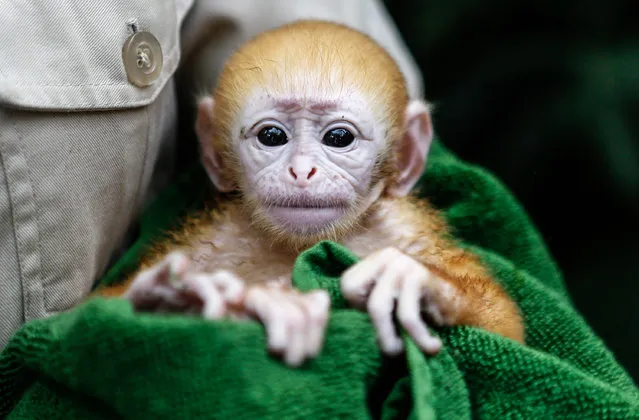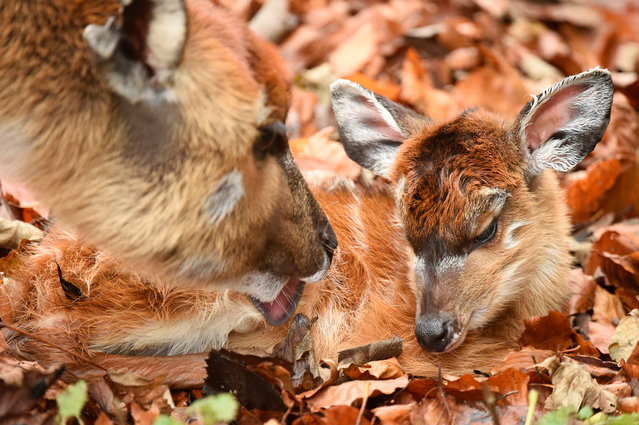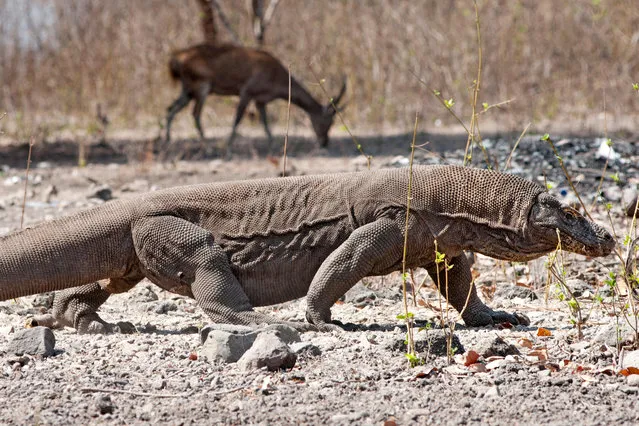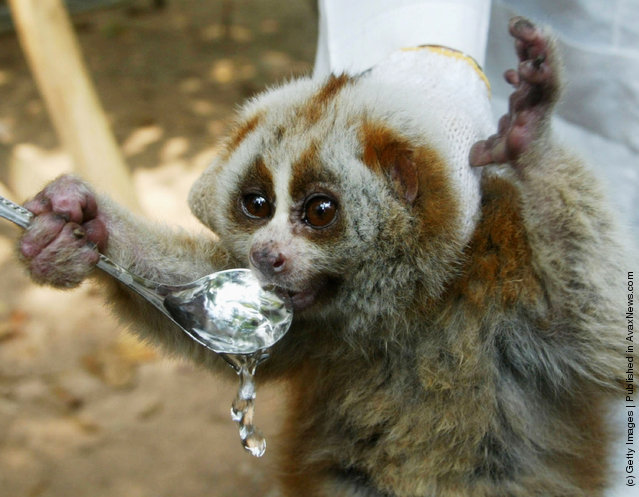
Workers feed water to a Slow Loris at the Guangdong Wild Animal Rescue Centre on December 21, 2004 in Guangzhou, China. Many protected species at the Centre have been seized by Police from illegal traders. (Photo by China Photos/Getty Images)
17 Jun 2011 12:10:00,post received
0 comments

